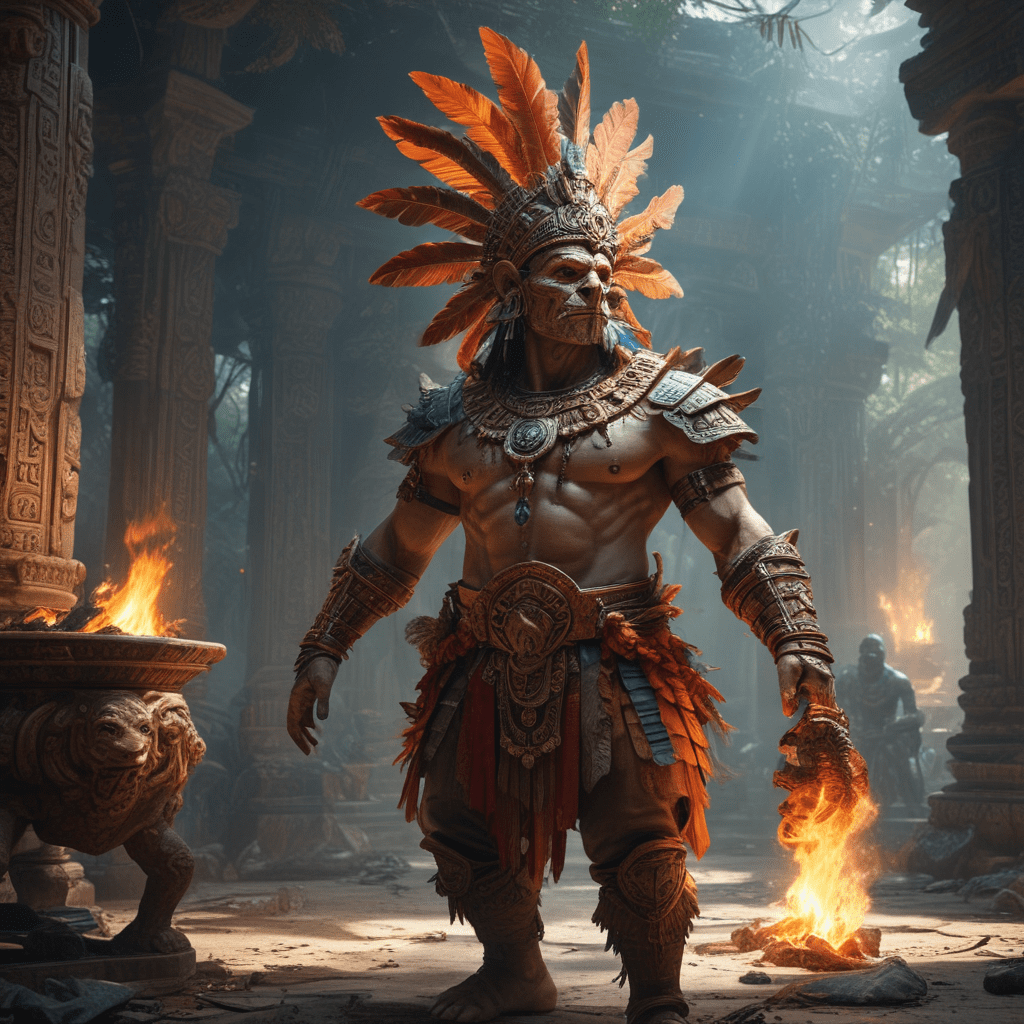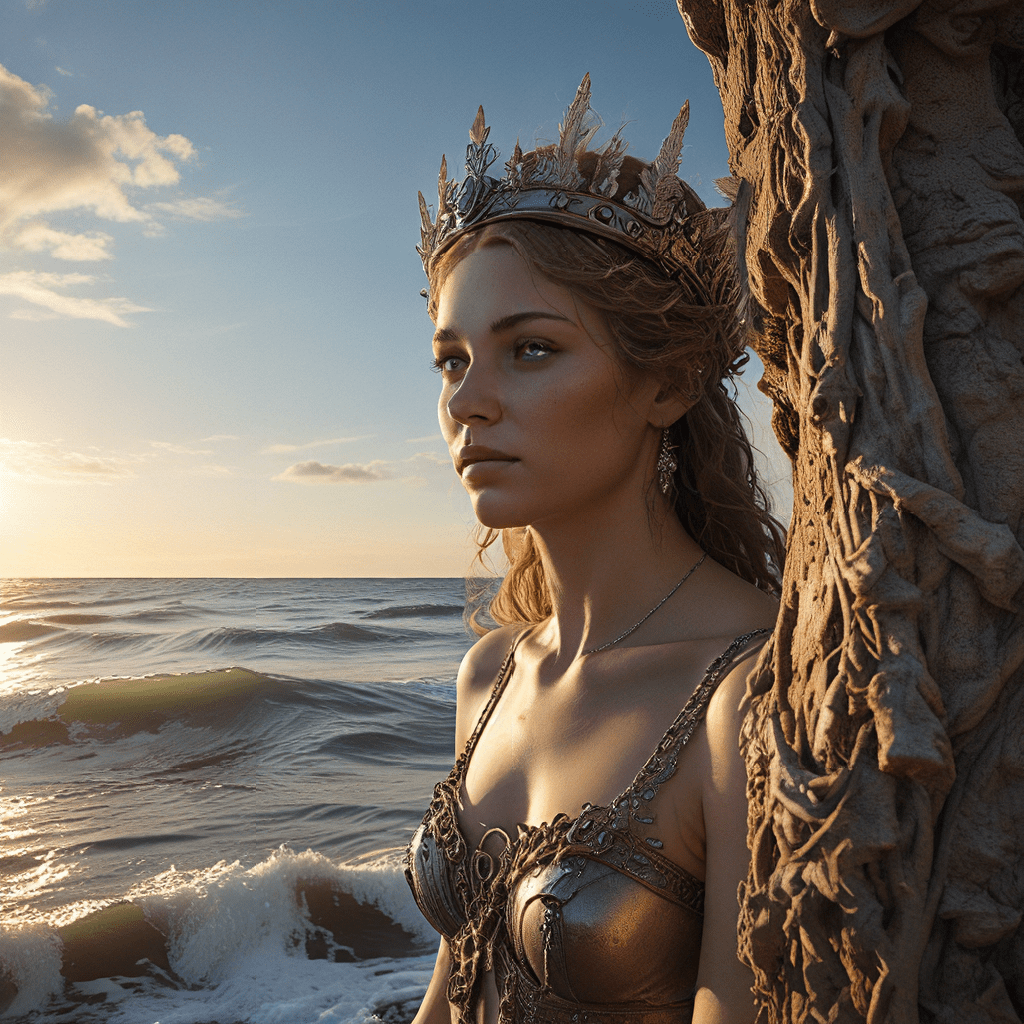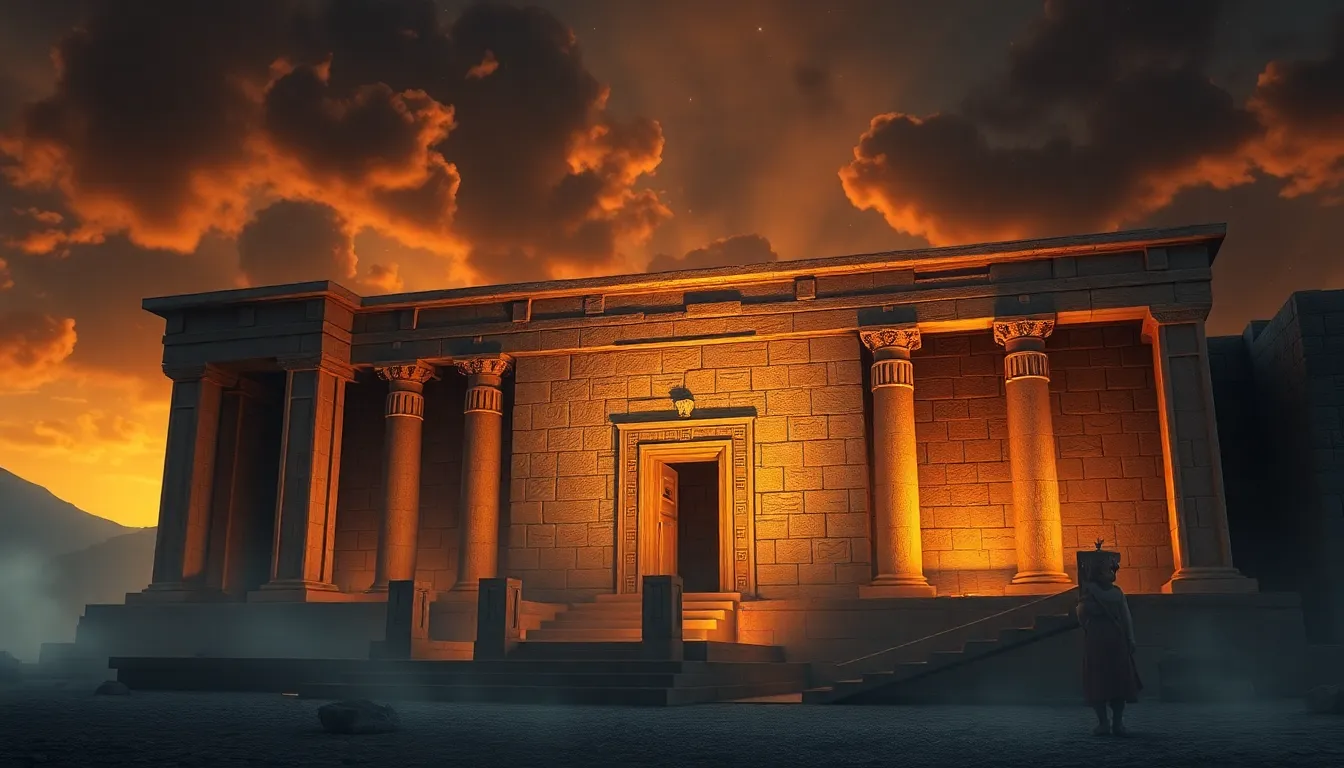1. Introduction: The Rich Tapestry of Mayan Mythology
The ancient Maya civilization, thrived in Mesoamerica for over three millennia, has left behind a rich legacy of cultural and artistic achievements. Among these, their intricate mythological system stands out as a testament to their profound understanding of the cosmos and their place within it. Mayan mythology, woven with tales of gods, heroes, and fantastical creatures, provides invaluable insights into their beliefs, values, and worldview.
This exploration delves into the fascinating realm of Mayan mythological creatures, focusing on their dual roles as guardians and tricksters. We will encounter the benevolent protectors of the cosmos, the mischievous bringers of chaos, and the delicate balance they maintain within the Mayan worldview.
2. The Guardians: Protectors of the Cosmos and Humanity
The Maya believed in a complex pantheon of deities who embodied various aspects of nature, society, and the cosmos. Among these deities, certain figures emerged as guardians, tasked with protecting the world from malevolent forces and ensuring the well-being of humanity.
2.1. The Four Bacabs: Atlases of the Sky
In Mayan cosmology, the world rested upon the backs of four powerful deities known as the Bacabs. These colossal figures, often depicted as aged men with stoic expressions, were positioned at the cardinal points of the earth, holding up the sky and preventing it from collapsing. The Bacabs represented the unwavering support and stability that the Maya believed underpinned their existence.
2.2. The Ceiba Tree: Axis Mundi and Symbol of Life
The Ceiba tree, a towering giant of the Mesoamerican rainforest, held immense symbolic significance for the Maya. It was believed to be the axis mundi, the central axis connecting the underworld, the earthly realm, and the heavens. The Ceiba tree's roots extended deep into the underworld, its trunk embodied the earthly plane, and its branches reached towards the heavens, representing the celestial realm. This sacred tree served as a conduit between different worlds, allowing gods and spirits to pass between them.
2.3. The Hero Twins: Guardians Against Evil
Mayan mythology abounds with tales of heroic figures who bravely defended humanity against evil forces. Among the most celebrated were the Hero Twins, Hunahpu and Xbalanque, who played pivotal roles in various myths. These twins, known for their cunning and courage, vanquished demons, overcame challenges, and restored balance to the world. Their exploits served as inspiration and guidance to the Maya, embodying the virtues of resilience, determination, and the triumph of good over evil.
3. The Tricksters: Shape-Shifters and Bringers of Chaos
In contrast to the protective deities, Mayan mythology also embraces a vibrant cast of tricksters, mischievous figures who relish in playing pranks, causing trouble, and disrupting the established order. These tricksters, often depicted as shape-shifters or possessing supernatural abilities, embody the unpredictable and chaotic aspects of life.
3.1. Hun Batz and Hun Chowen: The Monkey Twins
Among the most notable tricksters are Hun Batz and Hun Chowen, the Monkey Twins. These mischievous brothers, known for their playful antics and clever schemes, feature prominently in Mayan folklore. Their escapades often involve outsmarting deities, causing mischief among humans, and generally disrupting the status quo. Through their pranks and deceptions, the Monkey Twins serve as reminders that even within the realm of the divine, a playful and disruptive element exists.
3.2. Vucub Caquix: The Seven Macaw, Lord of the Underworld
Another prominent trickster figure is Vucub Caquix, the Seven Macaw, who reigns over the underworld. This arrogant and boastful deity, adorned with seven beautiful macaw feathers, engages in various schemes to undermine the Hero Twins and maintain his control over the realm of the dead. Vucub Caquix represents the darker aspects of trickery, embodying deceit, manipulation, and the allure of power.
3.3. The Xoloitzcuintli: Psychopomp and Guide to the Afterlife
The Xoloitzcuintli, a hairless dog revered in Mayan culture, occupies a unique role as both a trickster and a psychopomp, a guide for souls in the afterlife. These loyal companions, associated with the god Xolotl, often appear in myths as mischievous figures, stealing food or playing pranks on humans. However, they also serve as guardians and protectors, guiding the souls of the deceased through the treacherous journey to the underworld. The Xoloitzcuintli embodies the duality of trickery and guidance, reminding us that even in death, the line between mischief and assistance can be blurred.
4. The Interplay Between Guardians and Tricksters: Maintaining Balance
The presence of both guardians and tricksters within Mayan mythology is not merely coincidental. These seemingly opposing forces serve a crucial role in maintaining balance within the cosmos. The tricksters, with their chaotic nature, challenge the established order, forcing the guardians to adapt and maintain equilibrium. This interplay between order and chaos ensures that the world remains dynamic and ever-evolving.



